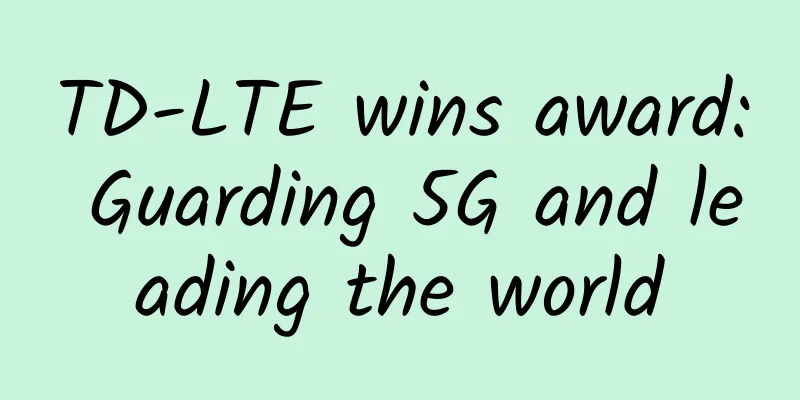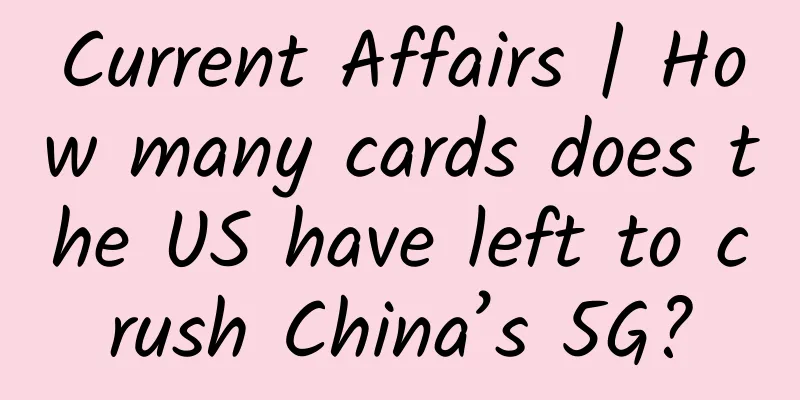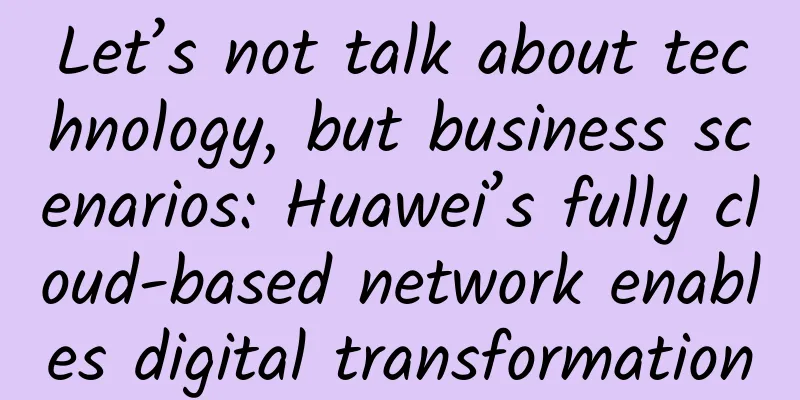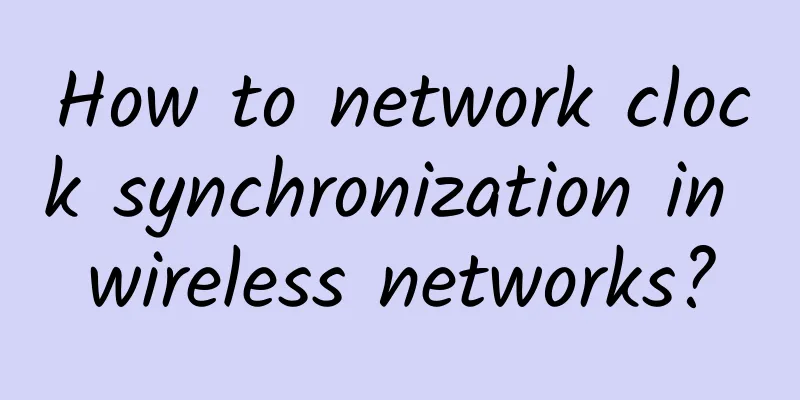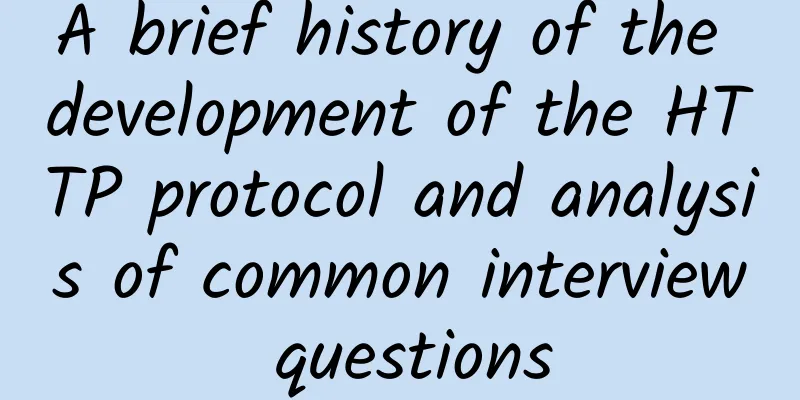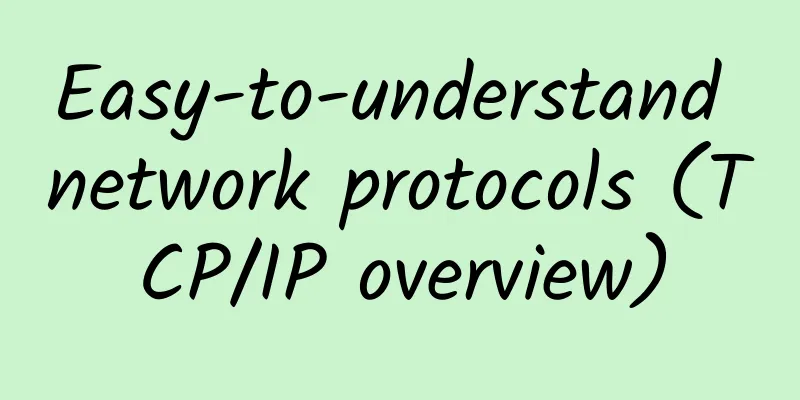The love-hate relationship between TCP and UDP
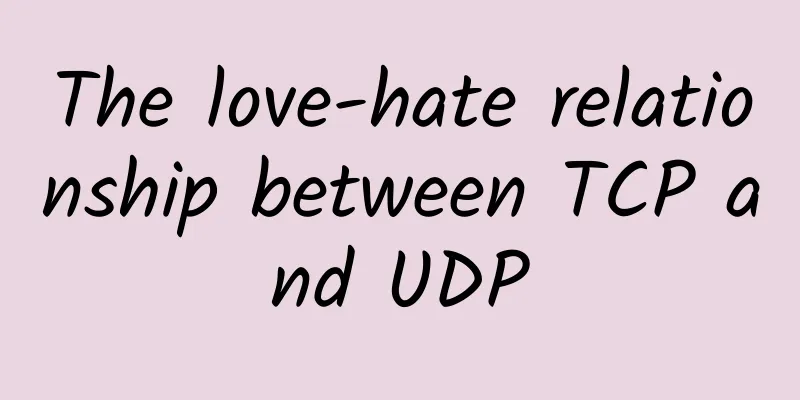
|
Recently, the epidemic in Qiaoxi District, Shijiazhuang, has been quite serious. I was locked in the company for three days last week. It was difficult to wash and eat. I finally applied to go home from the company and it has been locked in for another week. Every day, I am wandering around in various apps and WeChat groups to grab food. It is really grabbing instead of buying. The goods in Carrefour supermarket are sold out in two minutes after they are online. I don’t know how this group of people grabbed the food. Are they all people in the circle? There are also endless nucleic acid tests every day, which makes people helpless and headache. The double-digit new positive cases every day make people numb and see no hope. I just received a notice today saying that you can go out of the unit door to stretch your muscles... Say something good:? I have written many articles about TCP and UDP, but I have not discussed the differences between these two protocols. In this article, we will talk about this issue. Regarding TCP and UDP, I believe everyone has seen a picture like this. There is a little girl drinking water slowly from a bottle, with "Reliable Transmission" written below. The girl's clothes are not wet by the water. This picture is called TCP. Then there was a little girl holding a water bottle and pouring water down at a very fast speed. The girl's hair was messy, her face was red, and her clothes were soaked by water. This picture is called UDP. I think any programmer can roughly summarize the differences between the two transmission protocols from these two pictures (after all, they are clearly written on the pictures). Even many students have developed evil thoughts about UDP. Can't the author just draw a good picture? Why does he have to make his face red and his clothes wet? . . . . . . Well, let's get back to the topic. The difference between TCP and UDP has always been the focus of interviews, and they are also the two protocols that are often used for various comparisons. Differences in establishing connectionsTCP needs three handshakes to establish a connection, and four handshakes to disconnect. This also means that TCP is a connection-oriented protocol. This connection does not use a network cable or a pipe to bind the two communicating parties together, but establishes a virtual communication pipe. TCP three-way handshake process (the client sends a connection request to the server):
UDP is a datagram-oriented protocol, so UDP does not have the concept of connection at all, and there is no three-way handshake process to establish a connection. After the data transmission is completed, the communicating parties can release the connection. After the data transmission is completed, both the client host and the server host are in the ESTABLISHED state, and then enter the process of releasing the connection. (The client host actively closes the connection) The process of TCP disconnection is as follows:
UDP does not have this connection, so it does not require four handshake operations. So to sum up: TCP is connection-oriented. It needs to maintain a virtual connection before data transmission. Data transmission needs to be carried out on this virtual connection. After data transmission is completed, the connection needs to be disconnected. UDP transmission is not connection-oriented. UDP does not establish a connection when sending data, nor does it care about the status of the receiving end. Difference in reliabilityOne of the main comparisons between TCP and UDP is reliability. TCP is a reliable transport layer protocol, while UDP is an unreliable transport layer protocol. The reliability of TCP is mainly guaranteed by the following features: Reliability through sequence and acknowledgement numbers The mutual communication between computer network hosts is very similar to the phone calls between two people in our daily life. This kind of conversation is usually in the form of question and answer. If you say a sentence and don't receive any response, you usually need to say it again to make sure whether the other party hears you. If the other party responds to you, it means that he has heard your speech. This is a complete call process (leaving aside the establishment of the connection, we focus on the period after the connection is established). "The response from the other party" is called an acknowledgment (ACK) in computer networks. TCP uses ACK to achieve reliable data transmission. That is, after sending a request, the sender will wait for the response from the target host. If no response is received, the sender will retransmit the request after a period of time. Therefore, even if packet loss occurs during the sending process, TCP can still achieve reliability through retransmission. The situation described above belongs to the sender's request loss. There is another situation that belongs to the response loss. That is to say, after the request is sent to the target host, the target host will send an ACK to the requester. This ACK may also be lost. If the ACK is lost in the link, the requester will not receive the ACK from the target host after a period of time, and will still choose to retransmit the request that did not receive the ACK. In addition to message loss, there is also a phenomenon of delayed arrival. Delayed arrival refers to the phenomenon that after the sender sends a segment, the segment may not reach the target host due to network jitter or network congestion, or the target host's response ACK may not reach the sender. The standard for judging this period of time is the retransmission time. Once the retransmission time has passed, the sender will retransmit the segment. It is very likely that the first sent segment has just arrived after the retransmission segment arrives. This poses a problem: the target host receives two identical segments. One segment must be selected to be discarded, but which segment should be selected? This can be achieved through sequence numbers (seq), which are numbers that are assigned to each byte of the sent data in order. The receiving end queries the sequence number and data length in the TCP header, and returns the sequence number that it should receive next as a confirmation response. Through the sequence number and confirmation response number, TCP can identify whether the data has been received and whether it needs to be received, thereby achieving reliable transmission. As shown in the figure above, if the request is sent in sequence, seq = 1. This request will send the data from the 1st byte to the nth byte together, wait for the target host to confirm each byte once, and then send a request of seq = n + 1. After the confirmation is completed, send a request of seq = m + 1. This ensures that the sequence number will not be repeated. UDP does not have so-called sequence numbers and confirmation numbers, so it will not confirm the data, and will not retransmit the data after it is lost, so UDP is an unreliable protocol. If we use TCP and UDP to compare developers: TCP is the kind of engineer who wants to design everything and will not develop without design. He needs to take all factors into consideration before starting to work! So he is very reliable; while UDP is the kind of engineer who just starts working as soon as he receives the project requirements, regardless of design or technology selection. This kind of developer is very unreliable, but suitable for rapid iterative development because he can get started right away! Orderly DifferenceAs we mentioned above, TCP will send requests separately, and the data carried by each request will be confirmed by the target host. After the target host confirms each request in turn, it will reassemble the data in the request. Since the requests are ordered by seq, TCP will also reassemble the data in order, while UDP does not have such orderliness guarantee. Differences in segments TCP and UDP are both transport layer protocols. The data transmitted by the transport layer protocols are collectively called message segments. The main differences between TCP and UDP message segments are as follows. UDP segment structure
TCP segment structure The TCP segment structure has a lot more content than the UDP segment structure. However, the first two 32-bit fields are the same. They are the source port number and the destination port number. In addition, like UDP, TCP also contains a checksum field. In addition, the TCP segment header also has the following
Therefore, from the comparison of the message segment structure, it can be seen that TCP has many more flags, sequence numbers and confirmation numbers than UDP, which are all part of TCP's connection control. In addition, there is also a receive window, which is part of congestion control and flow control. The TCP header overhead is larger than UDP, because the TCP header is fixed at 20 bytes, while the UDP header is fixed at only 8 bytes. Both TCP and UDP provide data verification functions. Difference in efficiencyTCP segments are sent in a "question-and-answer" format. Each request will be confirmed by the target host before the next message is sent. This is very inefficient. Later, in order to solve this problem, TCP introduced the concept of window, which can control the decline in network performance even when the round-trip time is long and the frequency is high. Each request we sent before was in the form of a segment. After the introduction of the window, each request can send multiple segments, that is, a window can send multiple segments. The window size refers to the maximum value of the segment that can be sent without waiting for a confirmation response. In this window mechanism, a large number of buffers are used to confirm and respond to multiple segments at the same time. As shown in the figure below, the highlighted part of the sent segment is the window we mentioned. Within the window, the request can be sent even if no confirmation response is received. However, before the confirmation response of the entire window arrives, if some segments are lost, the sender will still retransmit. For this reason, the sender needs to set up a cache to retain these segments that need to be retransmitted until their confirmation response is received. The part outside the sliding window is the message segments that have not been sent yet and the message segments that have been received. If the message segment has been confirmed, it cannot be retransmitted. At this time, the message segment can be cleared from the buffer. When a confirmation is received, the window will slide to the position of the confirmation number in the confirmation response, as shown in the figure above. In this way, multiple segments can be sent simultaneously in sequence to improve communication performance. This window is also called a sliding window. The message segments sent by UDP do not need to be confirmed, and there is no concept of window, so UDP transmission efficiency is relatively high. Differences in usage scenariosTCP and UDP differ in efficiency, message segments, flow control, and connection management. These differences lead to different choices for application scenarios. Since each TCP packet needs to be confirmed, TCP is not suitable for scenarios where data is transmitted quickly. For example, UDP is used for Ping and DNS Lookup, which only require a simple request/reply and do not require a connection. UDP is sufficient. For example, the HTTP protocol needs to consider the reliability of request responses. In this scenario, the TCP protocol should be used. However, for application layer protocols such as HTTP 3.0, from a functional perspective, there are not many optimization points for the time being. However, if you want to optimize the network to the extreme, you will use UDP as the underlying technology and then solve the reliability problem based on UDP. |
<<: How to achieve end-to-end network slicing?
Recommend
TmhHost is 30% off during the summer vacation, starting from 24 yuan/month, Hong Kong CN2/Los Angeles CN2/Los Angeles High Defense/Japan Softbank lines are available
During the summer vacation, TmhHost offers a 30% ...
Double 11 Carnival, drink this bowl of "traffic control" soup
[[350322]] As the Double 11 shopping festival app...
The Internet’s “high-salary list” has been revealed, will the Internet of Things take over?
"Reuters reported that Huawei plans to incre...
RAKsmart New Year promotion hot VPS hosting $0.99/month, dedicated server $30.62/month
2023 has officially begun, and RAKsmart has launc...
Today's encryption mechanisms will be defeated by quantum attacks, except for generalized knapsack codes.
[51CTO.com original article] Today's encrypti...
[11.11] Tencent Cloud 2C2G4M cloud server starts at only 50 yuan/year, 2C4G6M cloud server only 100 yuan/year
Tencent Cloud has launched this year's 11.11 ...
Promoting the integrated development of 5G and industrial Internet
As the application scenarios of 5G Industrial Int...
E-commerce past | Farewell to public domain traffic
[[420018]] It is not difficult to see that 2020 i...
[Christmas] ColoCrossing 35% off: $2.57/month-1GB/25G SSD/20TB@1Gbps/Los Angeles & New York Data Center
I just shared the news of ColoCrossing's 25% ...
Addressing the risk of permanent roaming through network localization
Over the past few years, operators and regulators...
Why does TCP require three handshakes instead of two?
Hello everyone, I am the island owner Xiaofeng. T...
Spain's 5G state subsidies may exclude Huawei, Huawei appeals
On October 10th, local time on Monday, Huawei app...
Alipay and WeChat are included in UnionPay clearing
As the deadline for the payment industry to "...
TCP SYN Queue and Accept Queue
First we must understand that a TCP socket in the...
How are the two engines of future digital transformation: connectivity + cloud grounded?
[51CTO.com original article] After the statement...

